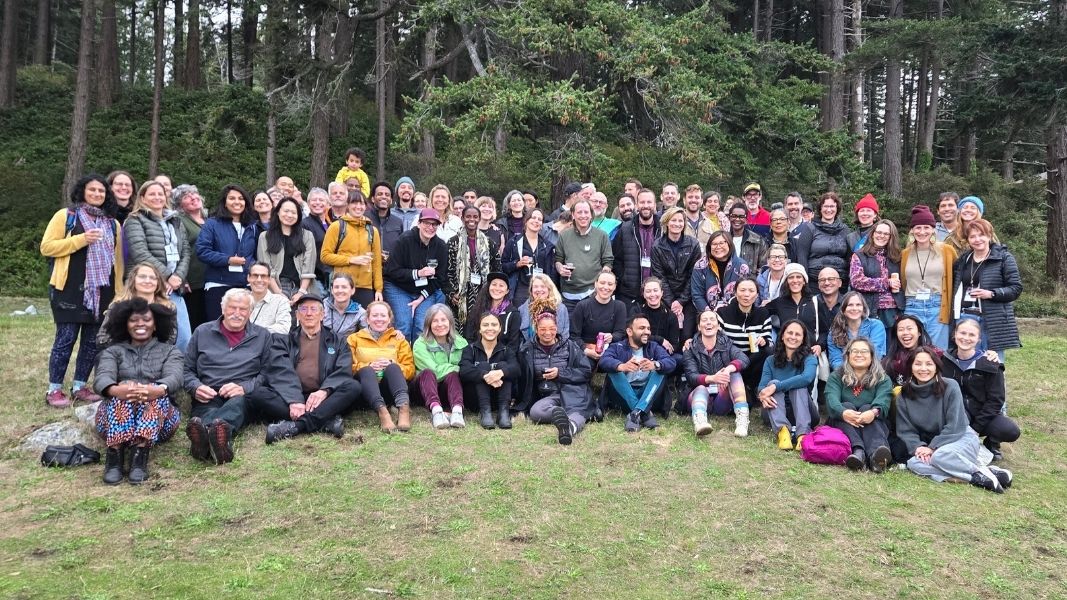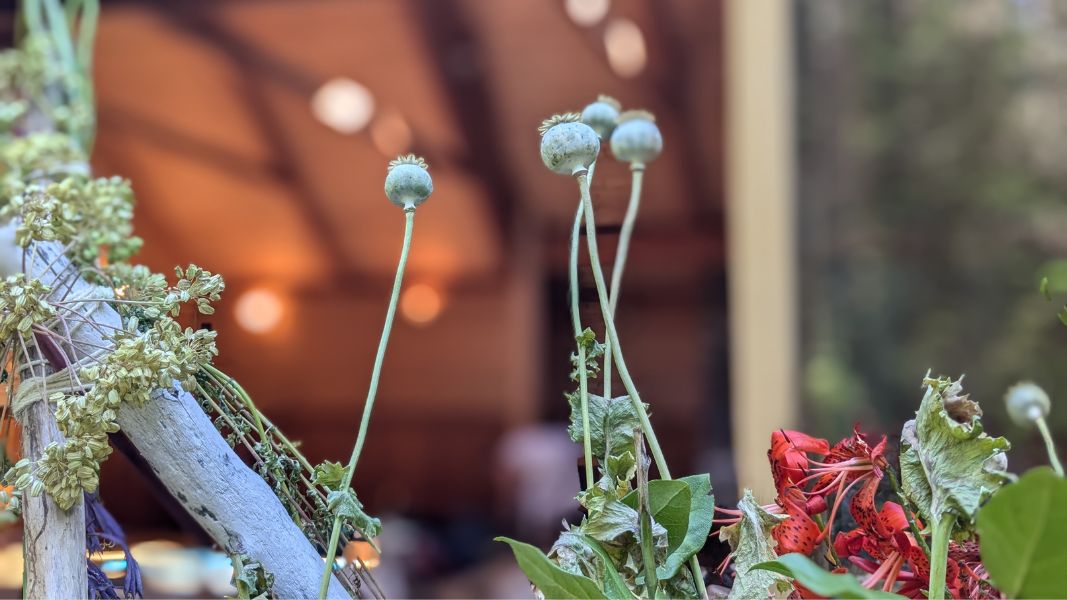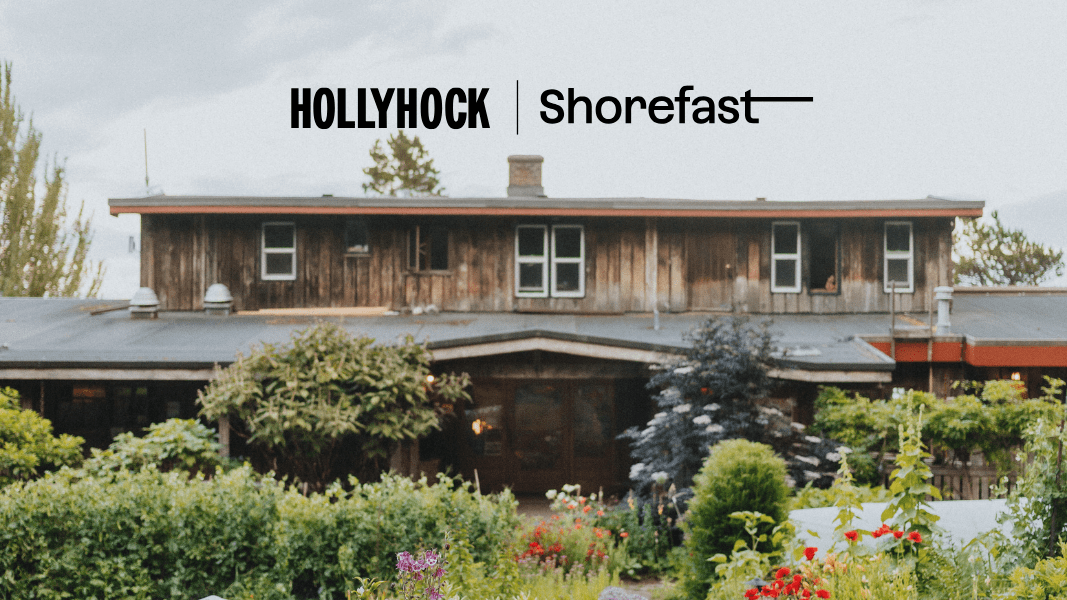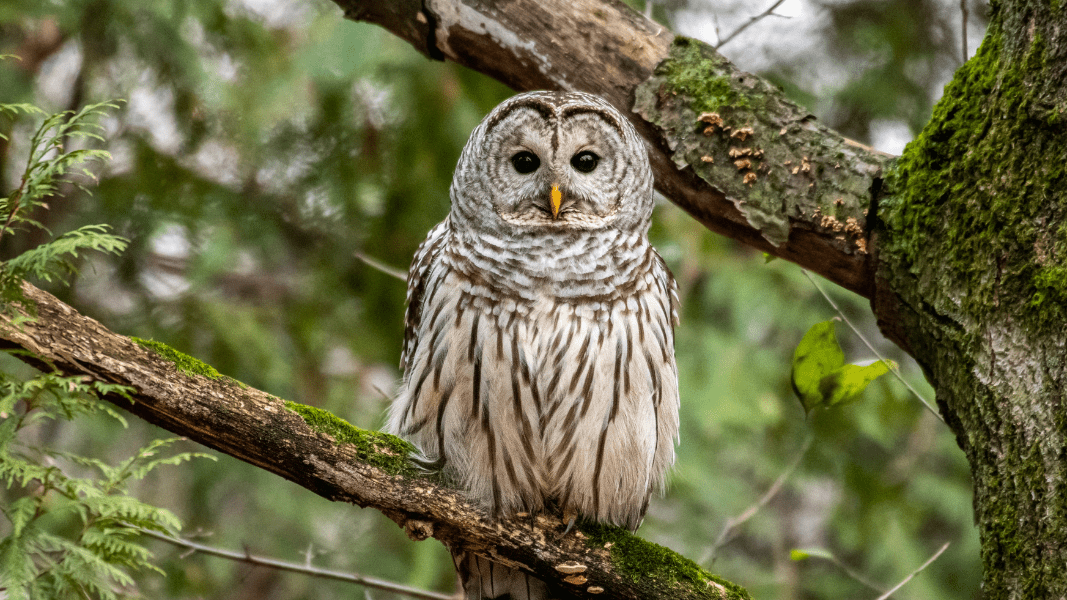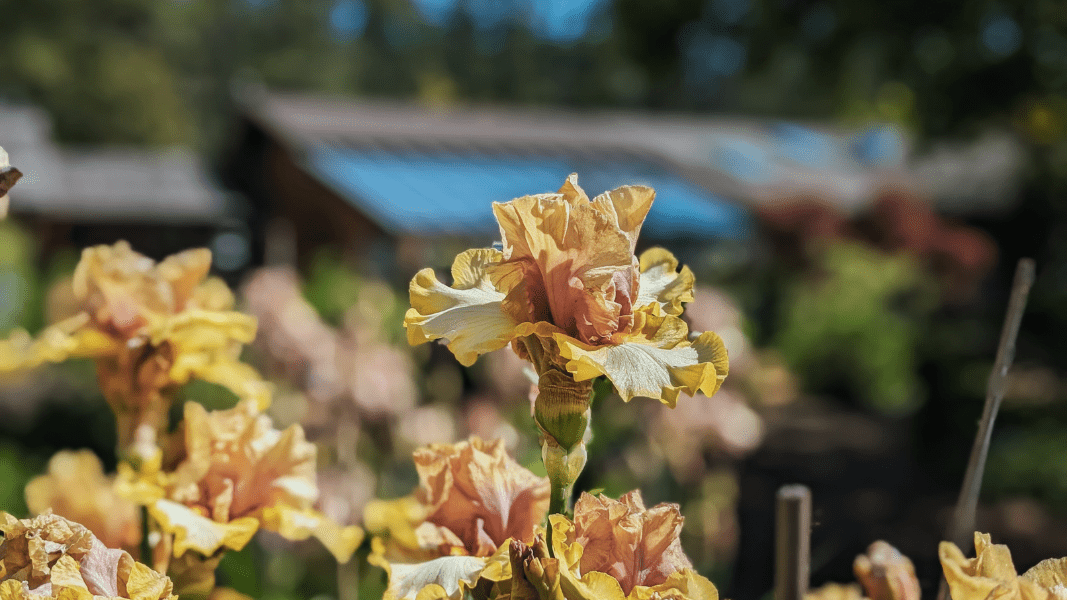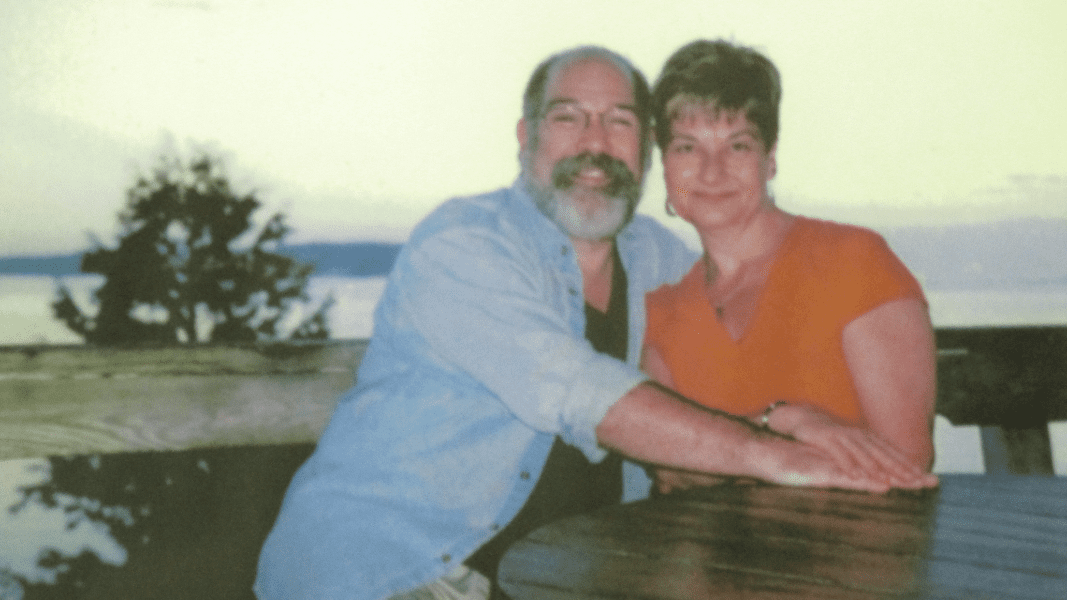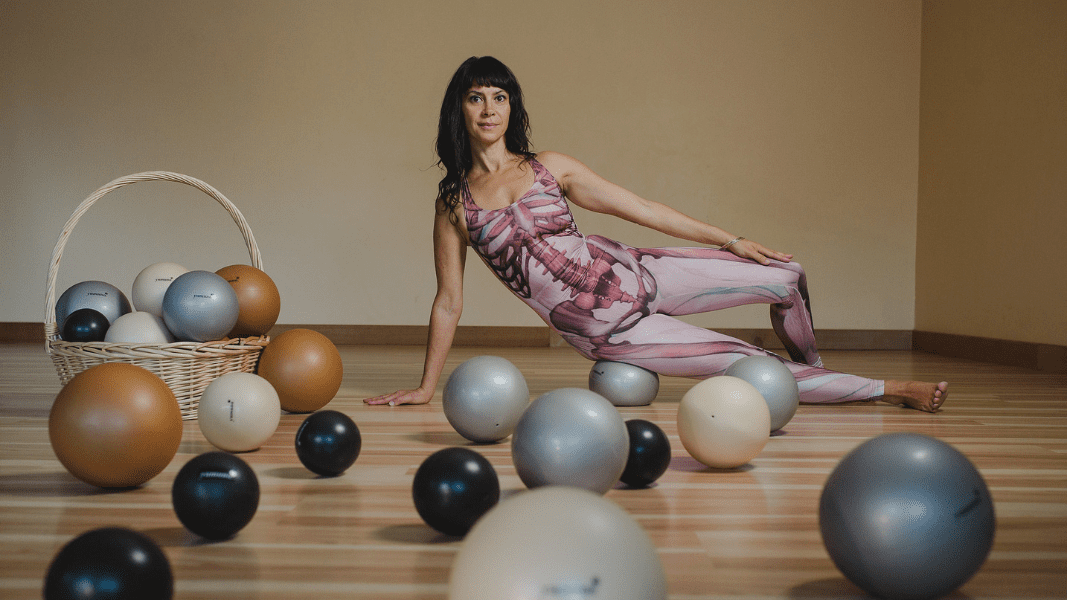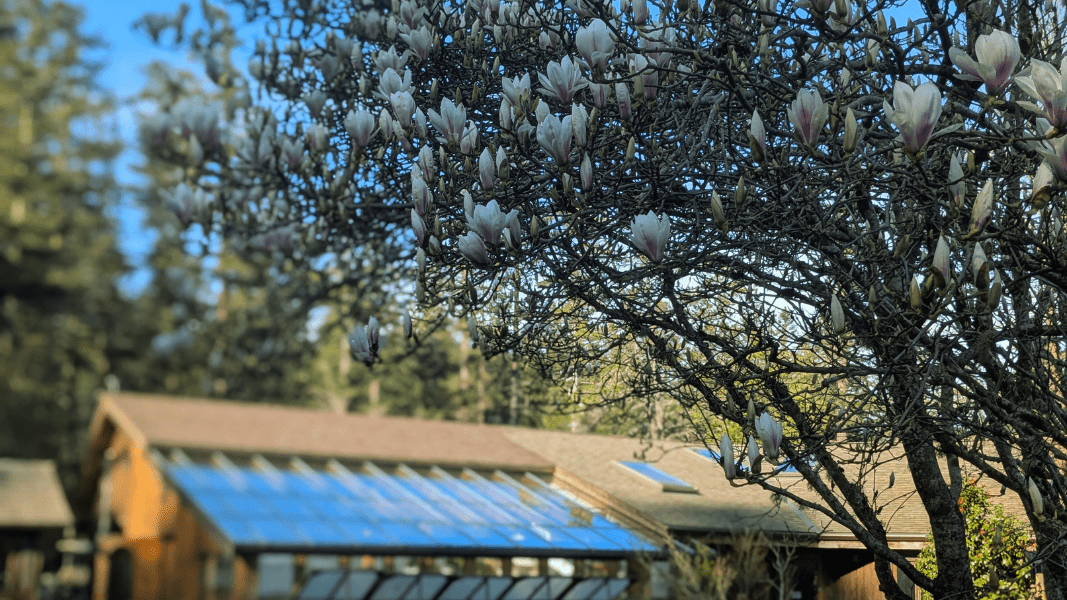Good news. Singing is back! The ancient practice of people coming together in song is having the revival it deserves. All kinds of new community choirs are springing up in the US and Canada: non-audition choirs that are founded on the belief that singing is our birthright.
I just googled “health effects of group singing,” and got 580,000 hits. Over the past decade, there’s been a growing interest in the powerful effects that singing has on our physical, psychological and social health. The results of countless studies show that singing together makes us happier, healthier, and more connected. On the physical level, group singing oxygenates the cells, increases lymphatic circulation and boosts immune function. On the emotional level, it combats depression, anxiety, and stress. It also increases optimism, by stimulating oxytocin, which enhances feelings of bonding and trust. These powerful effects have nothing to do with award-winning voices. They’re available to anyone who chooses to add their voice to the circle of song.
I find it fascinating and hopeful that this phenomenon is happening at this point in the history. Political polarization and the proliferation of technology have fuelled an epidemic of loneliness and isolation. For those whose work demands staying glued to a screen, and for those who wish to build bridges across differences, singing in a choir is a powerful way of coming back to the real world of our bodies and our communities. Singing is an ancient form of technology that creates joy and connection.
As much as singing can be of personal benefit, it can serve the earth as well. In these days of environmental, political, and social crisis, we need singing more than ever. Think of the roll that singing played in the U.S. Civil Rights, Anti-war, and Anti-apartheid movements — and so many more throughout history.
Lately, a friend of mine has been talking to high school students about the reality of nuclear weapons in the world and the necessity of fighting for nuclear disarmament. This is new and deeply disturbing information for most of these kids. But she’s discovered that when she brings singing into to these talks, the students react very differently to the subject matter. Instead of leaving the hall in stunned silence, they stay and talk to each other, planning what they can do to make a difference.
Singing together for a cause builds connection and community. It keeps spirits high, while gathering strength for the long haul. The great American singer-songwriter, Woody Guthrie, said it best: “Civilization is spread more by singing the by anything else, because whole big bunches of people can sing a particular song where not every man can join in on the same conversation. A song ain’t nothing but a conversation fixed up to where you can talk it over and over without getting tired of it.”
Hollyhock has been a believer in the power of song since its very first workshop, Singing for Everyone, led by Susan Osborn in 1983. I still remember Susan declaring her firm belief that we are all singers. ”Just get over it” was her loving admonition to anyone who thought they couldn’t sing. This was big news to me, as I was extremely shy about my voice at that time. I was deeply affected by Susan’s work, and attended every singing workshop that was offered over the next decade – with Ann Mortifee, Frankie Armstrong, Ysaye Barnwell David Darling, and Rhiannon. And then, standing on the shoulders of those giants, I started two community choirs, first on Cortes, and then in Victoria – The Gettin’ Higher Choir – welcoming all singers, especially any who thought they couldn’t sing. The result of this experiment, now in its 23rd year and going strong, has been extraordinary. For mental and physical well being, for connection and community, for the strength to carry on, there’s nothing like a choir!
I raise my voice in praise of song, and in deepest gratitude for this instrument that lives in all of us.
Join Siobhan Robinsong for Singing for Change on Cortes Island, August 20-24, 2018
Feature Image: Bill Weaver

